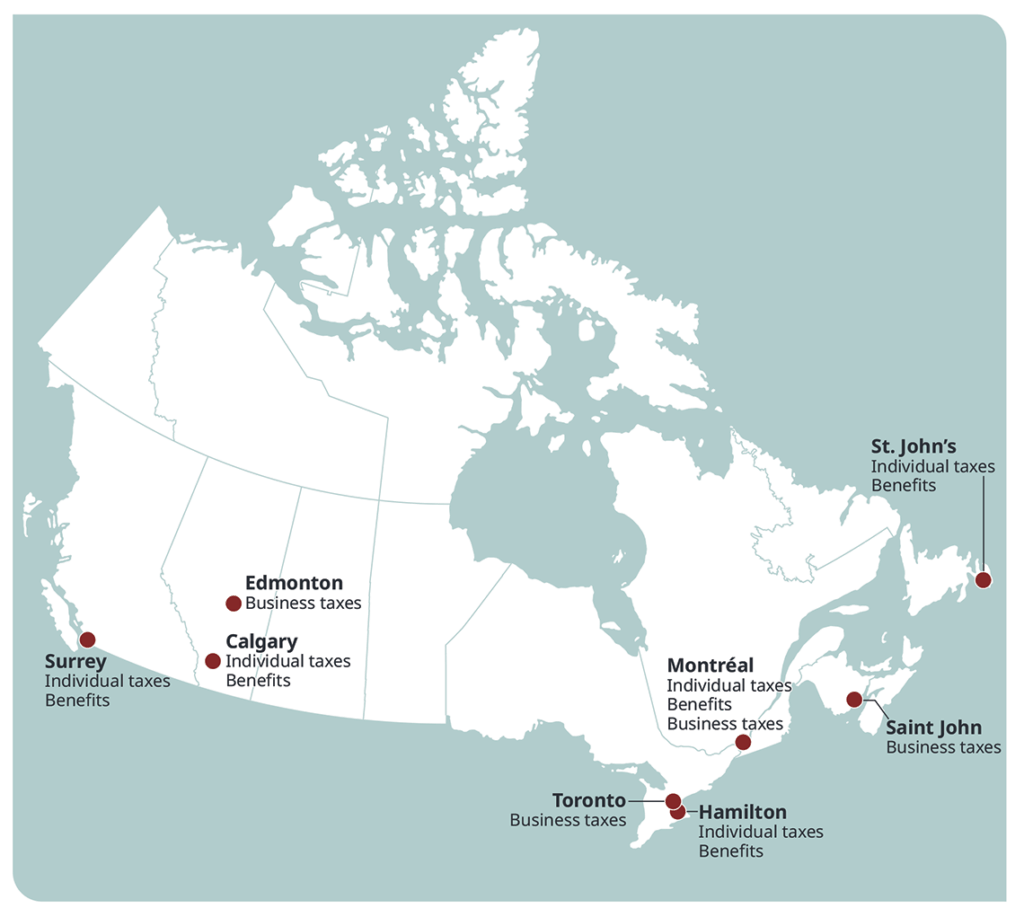
Introduction
The Canada Revenue Agency (CRA) plays a pivotal role in the Canadian economy by administering tax laws, enhancing compliance, and delivering benefits to citizens. An integral part of this agency’s services is its contact centres, which enable Canadians to seek help, clarify tax-related questions, and access essential services. As the agency adapts to a changing digital landscape, the performance and accessibility of these contact centres have become increasingly relevant.
Role and Function of Contact Centres
CRA contact centres provide taxpayer support through multiple channels, including phone calls, emails, and online inquiries. This service is critical, as many Canadians need assistance with their tax returns, application processes for benefits, and information regarding tax obligations. In the last fiscal year, CRA reported handling over 18 million calls in its contact centres, illustrating the high demand for these services.
Recent Developments
The CRA has made significant strides to enhance the efficiency of its contact centres. Recently, in response to widespread feedback, the agency expanded operating hours for its phone lines. This change, effective since June 2023, allows taxpayers more flexible access to support outside standard working hours, aiming to reduce wait times and better accommodate varying schedules of Canadians. Additionally, in an attempt to standardize information delivery, the CRA implemented new training programs for agents to ensure consistent and accurate answers for inquiries.
Challenges Faced
Despite the improvements, CRA contact centres continue to face challenges. The legacy systems used for processing calls and inquiries are often outdated, contributing to longer wait times during peak seasons, particularly around tax deadlines. In 2023, the CRA reported average wait times increased to over 20 minutes in some cases, raising concerns among taxpayers about the accessibility of necessary support. Furthermore, the rise of digital channels has also presented issues in balancing the increasing volume of online inquiries with traditional telephone support.
Conclusion
The contact centres of the Canada Revenue Agency are essential for providing timely tax assistance and promoting taxpayer engagement. As the agency continues to navigate the complexities of modern service demands, ongoing investments in technology and personnel training will be critical in improving the user experience. Fostering a seamless support system will ultimately enhance compliance and ensure that Canadians receive the assistance they need during tax season and beyond. Looking forward, the CRA aims to implement more robust digital tools and self-service options, in turn reducing the reliance on contact centre support, while still maintaining quality assistance for those who require it.



